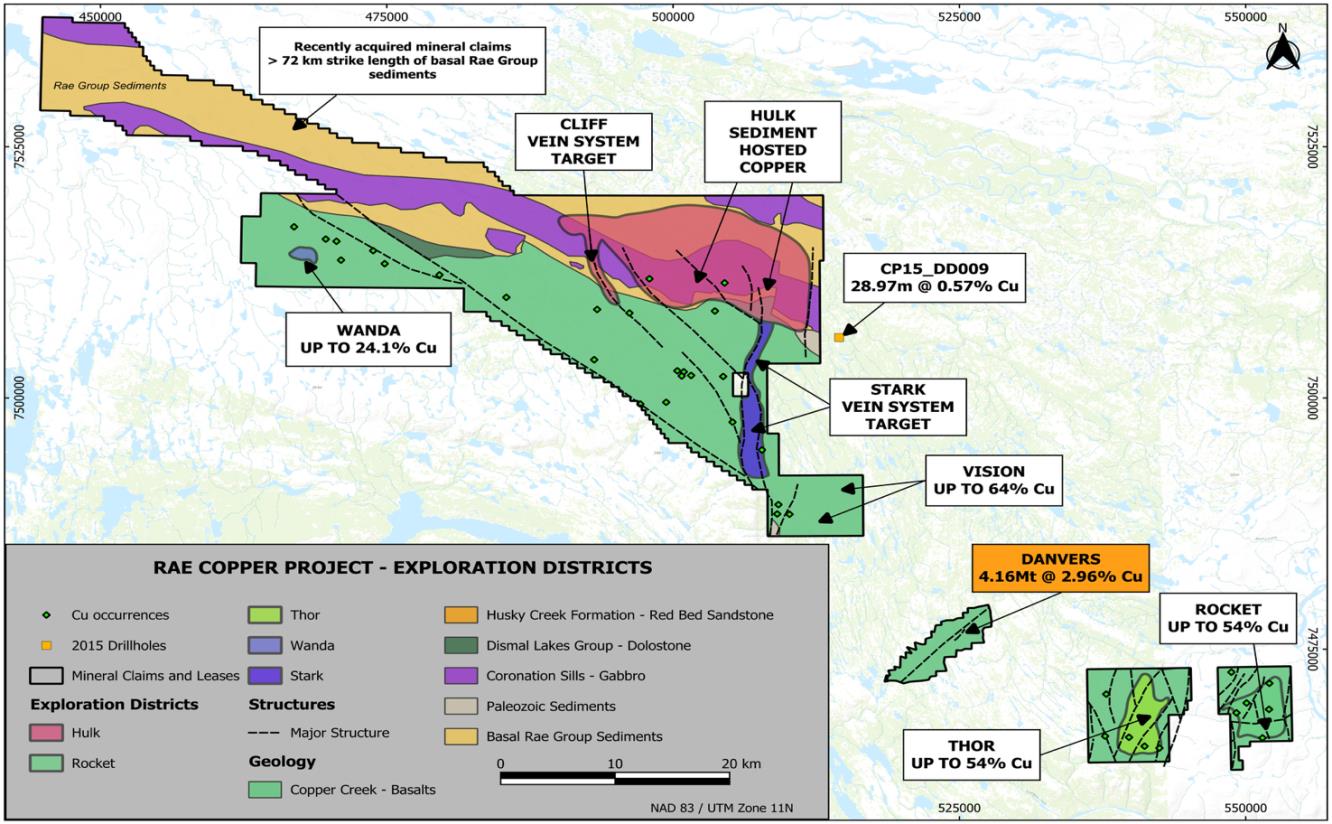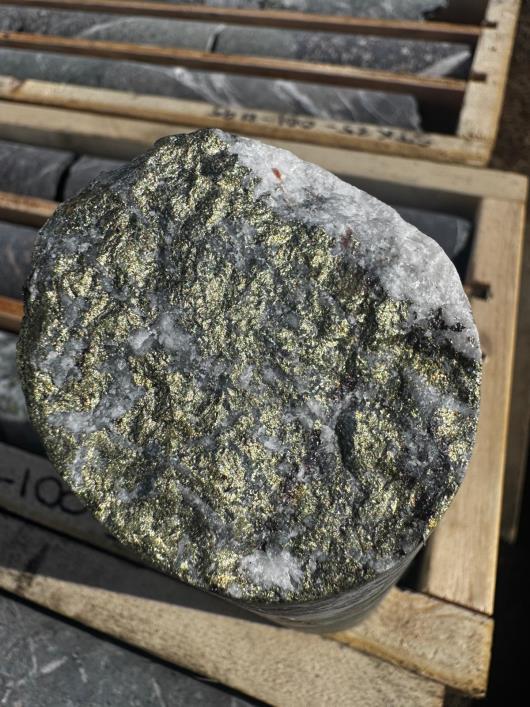White Cliff Strikes New Copper Style at Rae, Expands Territory and Ambition
8/15/2025
White Cliff Minerals (ASX: WCN) has unveiled a new chapter in its unfolding Canadian copper saga, announcing the discovery of sediment-hosted mineralisation at its Rae Copper Project in Nunavut—a style of deposit that could underpin district-scale potential.

The newly intersected mineralisation, identified in discovery hole STK25001 at the Stark target, comes with all the hallmarks of a classic sediment-hosted copper system: chalcopyrite and bornite replacing pyrite nodules, cross-cutting sulphide veinlets and quartz-carbonate breccias, all sitting atop a significant redox boundary. Beneath that, the team encountered semi-massive sulphides within epithermal-style quartz-calcite veining—a second style of mineralisation in the same hole, and a strong nod to the structural fertility of the region.

Managing Director Troy Whittaker called the result “an important proof of concept,” adding that “to encounter strong sulphides in both the overlying sediments and in a vein system beneath them highlights the Herb Dixon Fault as a major fluid conduit—a critical control in these systems.”
Importantly, the intercept also confirms the copper-bearing credentials of the Rae Group sediments—opening up over 72km of underexplored strike, now firmly on White Cliff’s radar.
In response to the discovery, the company has expanded its footprint with an additional 950km² of tenure to the north. This strategic land grab secures the intersection of the copper-fertile Herb Dixon Fault with a newly identified sedimentary package that features known copper occurrences but has never been drilled.
While assays from STK25001 are due in the September quarter, the visuals alone prompted the company to immediately commence step-out drilling at Stark. The scale is eye-watering: the Stark target sits within a 15km x 2km geophysical anomaly that has yet to see a single assay.
“White Cliff holds a dominant land package with over 72km of untested strike length of the lower Rae Group, now a proven host to sedimentary copper mineralisation,” Whittaker said. “This drillhole validates our thesis that the Rae Project hosts significant sediment-hosted copper mineralisation.”
It’s another gear shift for the company, which has already delivered a string of head-turning intercepts at the nearby Danvers prospect. These include 175m at 2.5% copper from hole DAN25008, which ended in 4.46% copper, and a monster 90m at 4% copper from surface in DAN25005. Notably, every hole drilled to date has hit mineralisation.
The Rae Project, once dormant due to political constraints, is now buzzing with activity and attention. With RC and diamond rigs currently operating at both Danvers and Hulk, and a fresh batch of assays due soon, White Cliff is poised to deepen its already compelling case.
Whittaker summed up the sentiment: “Rae is fast emerging as a multi-faceted copper discovery… fresh confirmation of sediment-hosted copper and semi-massive sulphides at Stark adds yet another layer to the growing story.”
For investors looking for scale, grade and geological diversity in a geopolitically stable jurisdiction, White Cliff’s Canadian campaign is rapidly ticking boxes.